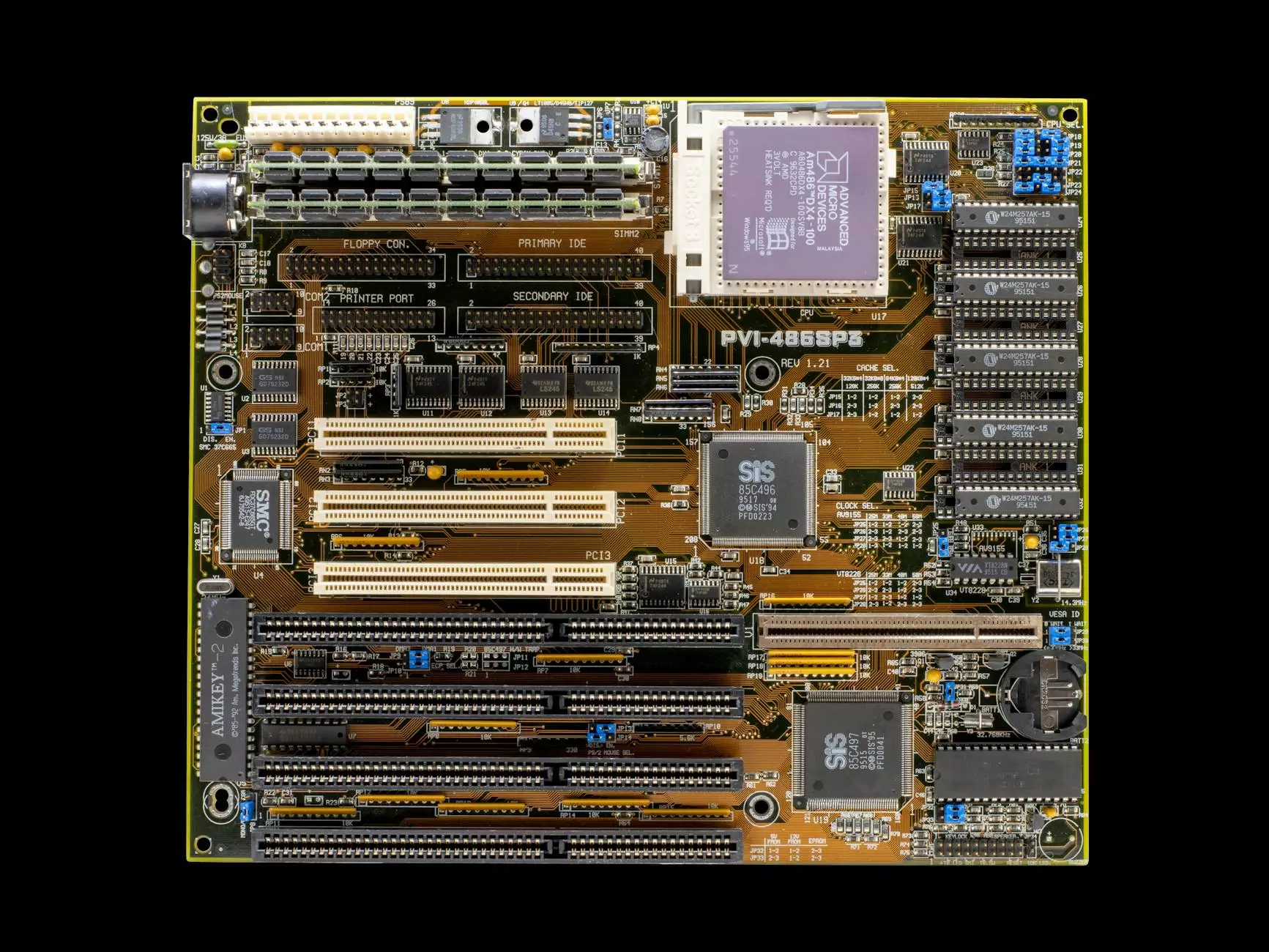The Comprehensive Difference Between BSPP and BSPT

Understanding the difference between BSPP and BSPT is essential for anyone working in industries involving fluid dynamics, plumbing, or piping systems. The right fittings can significantly affect system performance, leakage potential, and overall efficiency. In this article, we will dive deep into the intricacies of these two types of British Standard Pipe fittings, highlighting their characteristics, applications, and making it easier to determine which type meets your needs.
What Are BSPP and BSPT?
BSPP stands for British Standard Parallel Pipe, while BSPT stands for British Standard Tapered Pipe. Both of these standards are widely used in industrial applications, especially in the realms of plumbing and piping.
Before we explore their differences, let’s look at each type in more detail:
Understanding BSPP (British Standard Parallel Pipe)
The BSPP connection is characterized by its parallel threads. These threads do not taper, and this design allows for a tight fit when used with a matching female fitting. BSPP fittings generally require a washer or O-ring to create a secure, leak-proof seal.
Key Features of BSPP
- Thread Design: Parallel thread pattern.
- Sealing Mechanism: Typically utilizes a washer or O-ring for sealing.
- Applications: Commonly used in hydraulic systems, pneumatic systems, and general plumbing.
Understanding BSPT (British Standard Tapered Pipe)
BSPT features tapered threads that decrease in diameter along the length of the fitting. This tapering provides a natural means of sealing during installation, as the threads compress against each other when tightened, creating a tight seal without the need for an additional washer.
Key Features of BSPT
- Thread Design: Tapered thread pattern.
- Sealing Mechanism: Sealing achieved through thread compression during installation.
- Applications: Often used in high-pressure applications and systems where leaks must be avoided.
The Key Differences Between BSPP and BSPT
While both BSPP and BSPT fittings serve similar purposes, their differences can impact performance and suitability for specific applications. Here are the primary distinctions:
1. Thread Geometry
The most significant difference is the thread geometry itself. BSPP threads are parallel, whereas BSPT threads are tapered. This structural difference means that:
- BSPP: Does not create a seal on the threads; therefore, a sealing component is required.
- BSPT: Creates a seal as the threads are tightened due to their tapered design.
2. Sealing Methods
BSPP and BSPT employ different sealing mechanisms:
- BSPP: Requires a sealing washer or O-ring inserted in the connection.
- BSPT: The threads themselves form a seal through tight compression.
3. Usage in Different Applications
The choice between BSPP and BSPT also lies in their typical applications:
- BSPP: Common in low-pressure applications, ideal for hydraulic and pneumatic systems where multiple disconnections may occur.
- BSPT: Well-suited for high-pressure applications, making them ideal for gas and fluid transfer under stress.
4. Compatibility and Interchangeability
Interchanging BSPP and BSPT fittings can lead to potential complications:
- BSPP: Cannot mate with BSPT threads effectively, leading to leaks or failure.
- BSPT: Limited compatibility due to its taper; while it can connect with BSPP, it may not provide the desired sealing capabilities.
Practical Considerations When Choosing Between BSPP and BSPT
When deciding whether to use BSPP or BSPT fittings, consider the following factors:
1. Application Requirements
Assess the specific needs of your application. For high pressure and higher temperatures, BSPT may be more appropriate, while BSPP could suffice for lower pressure systems.
2. Installation Environment
Take into account the conditions in which the fittings will be installed. Tight spaces or the need for frequent disassembly may favor BSPP due to its sealing washer system.
3. Available Materials and Standards
Choose fittings based on their material suitability, as both types come in various materials like steel, brass, and plastic. Ensuring compatibility with your system's materials can prevent corrosion and enhance longevity.
4. Future Maintenance
Think about future inspections and maintenance. Fittings that require sealing washers (BSPP) can be easier to replace and maintain compared to those that require threading adjustments (BSPT).
Conclusion
In summary, the difference between BSPP and BSPT fittings is profound yet crucial for ensuring optimal system performance. Both types have unique characteristics and advantages, making them suitable for specific applications.
Understanding these differences can save you time, money, and prevent challenges during installation and maintenance. It's essential to carefully consider your requirements and choose the fitting that best meets your needs. By doing so, you can minimize leaks, enhance efficiency, and ensure that your piping system operates smoothly for years to come.
Explore More on Fittings at TechTubes.in
For more information on Tube Fittings, Ferrule Fittings, Forged Pipe Fittings, and various others, visit TechTubes.in. Our comprehensive range of high-quality fittings ensures that you find exactly what you need for your hydraulic and pneumatic systems.









